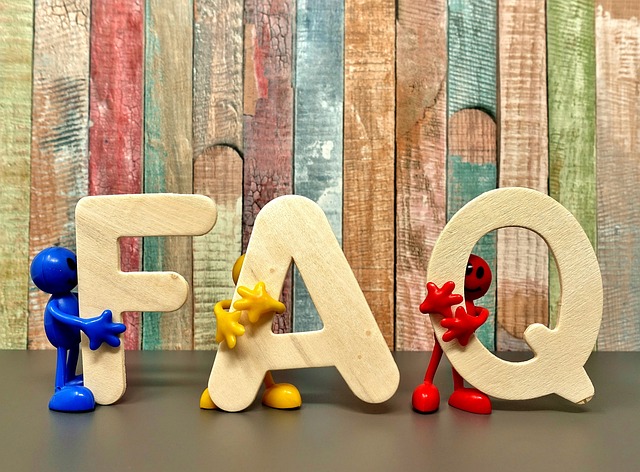Moving a piano is a specialized task that requires careful planning, expertise, and attention to detail. As you prepare for a piano move, it’s natural to have questions and concerns about the process. In this article, we will address some of the frequently asked questions about piano moving, providing you with detailed answers and valuable insights. From cost considerations and safety measures to insurance and timelines, we aim to equip you with the information you need to ensure a smooth and stress-free piano relocation.
How much does it cost to move a piano?
The cost of moving a piano can vary depending on various factors such as the type of piano, distance of the move, accessibility of the locations, stairs, and any additional services required. It’s best to contact professional piano moving companies to request a quote tailored to your specific needs. They will consider these factors and provide you with an accurate estimate
How long does it take to move a piano?
The time required to move a piano depends on several factors, including the distance to be traveled, the complexity of the move (e.g., stairs, narrow doorways), and the specific circumstances of your move. Professional piano movers will evaluate these factors during their assessment and provide you with an estimated timeline for your particular situation.
What safety measures are taken during a piano move?
Professional piano movers prioritize safety throughout the moving process. They have the expertise, equipment, and techniques to ensure the safety of your piano and the movers involved. They will use specialized tools like piano dollies, straps, ramps, and padding to secure and protect the instrument during transport. Movers will also follow proper lifting techniques and take precautions to prevent damage to the piano, the surroundings, and themselves.
Is insurance provided for piano moving?
Reputable piano moving companies typically provide comprehensive liability insurance to protect against any potential damages that may occur during the move. It’s essential to inquire about the insurance coverage offered by the moving company and request a copy of their policy. Review the policy carefully to understand the extent of coverage provided.
Can I move a piano myself?
Moving a piano yourself is highly discouraged unless you have the necessary expertise, equipment, and experience. Pianos are heavy, delicate, and complex instruments that require specialized knowledge and skills to handle safely. DIY moves can lead to injuries, damage to the piano, and potential harm to your property. It’s best to rely on professional piano movers who have the training and experience to handle the task efficiently and safely.
How should I prepare my piano for a move?
Before the movers arrive, there are a few steps you can take to prepare your piano for the move:
Secure the keys by closing and locking the fallboard or using a soft cloth or piano key cover.Remove any loose or fragile parts, such as music stands or decorative elements, and pack them separately.Communicate any specific concerns or requirements to the moving company, such as fragile finishes or sentimental attachments.
Should I tune my piano before or after the move?
Piano tuning is recommended after the move. Moving a piano can cause it to go slightly out of tune due to the adjustments and vibrations during transportation. After the piano has settled into its new location, it’s best to schedule a professional tuning to restore its optimal pitch and ensure a harmonious sound.
Piano moving is a task that requires professional expertise, specialized equipment, and attention to detail. By addressing these frequently asked questions, we hope to provide you with the necessary information to navigate the process smoothly. Remember to reach out to reputable piano moving companies to obtain personalized quotes, discuss your concerns, and ensure a safe and successful piano relocation. With the help of experienced professionals, you can have peace of mind knowing that your prized instrument will be handled with the utmost care and arrive at its new destination in optimal condition.

